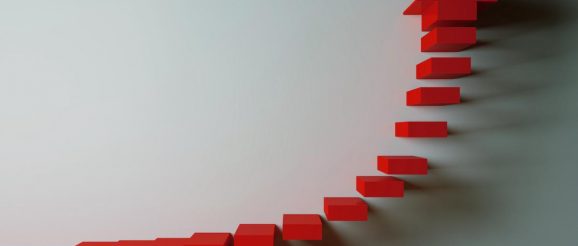The exponential innovation potential of circular, social purpose businesses | Greenbiz

Society has started the long march toward living in harmony with nature’s realities. There is no other way forward. And where goes society, so goes the economy.
As concluded in the seminal circular economy report “Turning Point,” issued by the Council of Canadian Academies, material extraction and waste are exceeding planetary thresholds. We are using 1.7 planets’ worth of resources. Our current economic model that takes, makes, uses and wastes is unsustainable. But seeds for the circular economy are springing up, shedding light on the path ahead to a better future for people and the planet.
And the circular economy makes business sense. These seedlings are making their circular moves to reap these commercial benefits:
But where to start? The “Circular Economy Business Toolkit” published by the National Zero Waste Council is a practical guide, showing how to develop a circular business strategy, circularize the design process and engage stakeholders in the circular transition. It includes case studies from around the world, such as Unilever’s goal to become plastic neutral, IKEA’s circular product design principles, Signify’s (formerly Philips) lighting-as-a-service model and Walmart’s Recycling Playbook for its suppliers. (Disclosure: I was the author of the toolkit.)
My research for the toolkit into six Canadian circular businesses in 2015 and then again in 2021 uncovered a number of value drivers, summarized in another recent report from my firm, “Insights from Circular Businesses.” Here are some compelling dynamics at root behind these circular pioneers.
They are systems-thinking leaders
Early circular economy business models are led by visionary entrepreneurs with systems thinking, collaboration and social innovation skill sets and mindsets. They see the big picture and notice paradoxes and disconnects between sustainable and unsustainable practices.
By looking at complex systems from a fresh point of view, they observe problems and inefficiencies with the ways manufacturing and consumption are organized. This enables them to identify underused assets, cost inefficiencies, systemic malfunctions, long-term negative consequences, externalized costs, constraints and solutions found in nature’s approach to design. It also allows them to create new design parameters, cost efficiencies, new customer propositions and value-creation opportunities.
Often, circular initiators have a counter-cultural perspective or insight from a new generation, a different cultural experience or a different sector, which enables them to see the business system in a fresh way.
Their innovation cycles are disruptive
Circular economy business models reveal cycles of researching, experimenting, testing, piloting and iterating, some over the course of many years and others following a more rapid prototyping model.
Most demonstrate a hard pivot five or more years along the innovation path. These pivots reveal radical business model disruption as they often involve partnering with competitors through contracts, joint ventures or new companies set up to sell their circular products. As well, these companies find that a single circular innovation can be a gateway to many add-on customer benefits and features, circular or not.
Many circular businesses have further innovations in the pipeline, suggesting that the circular economy can spark a chain reaction of exponential business innovations.
They are customer-centric
These circular economy business models meet existing customer needs in new ways, rather than creating new, possibly artificial, customer needs and wants.
All products and services are price-competitive, cheaper or save money over the long term compared to alternatives. Many financial benefits are realized by customers immediately and are a top driver of customer take-up. Notably, it appears that initial customer drivers are quality, convenience and price, while the environmental benefits are secondary but ultimately a very attractive feature.
The environmental benefit, however, is a factor in customer loyalty and retention in these circular economy innovations.
Their social purpose is clear
Circular economy pioneers are equally driven by commercial and societal benefits. They have corporate purposes to create solutions to societal problems through their core business. Having a social purpose North Star helps the pioneers navigate the complexities of their disruptive innovation where they are fundamentally challenging the status quo.
Indeed, circular businesses with a social purpose are on the rise, as experienced by the United Way Social Purpose Institute, which helps businesses define their societal reason to exist. Here are three social purpose circular businesses (and this is just the beginning):
Another social purpose company that is barreling down the circular street is HP Inc. Its purpose is “to create technology that inspires ambitious and meaningful progress.” A recent case study shows that HP’s circular solutions (HP device as a service, HP managed print services and HP instant ink) yield reduced environmental impacts, and all solutions have a smaller carbon footprint than conventional alternatives. By pursuing circular business models, HP advances social progress and its social purpose while ensuring its business is fit for the future.
Many circular businesses are social purpose businesses, led by leaders with disruptive mindsets who see the weaknesses of our current economic model and are creating innovations that meet the needs of customers and society at large. These social, circular innovations also position businesses as enablers of a future where humans flourish in harmony with nature.
With climate change, biodiversity loss and waste and pollution crises on our heels and circular economy pioneers leading the charge forward, the call to action for businesses is clear. Pick up the toolkit, grab your shovel and join the circular economy transition by planting, watering or feeding these circular seeds for a brighter future for all.
[Interested in learning more about the circular economy? Subscribe to our free Circularity Weekly newsletter.]
